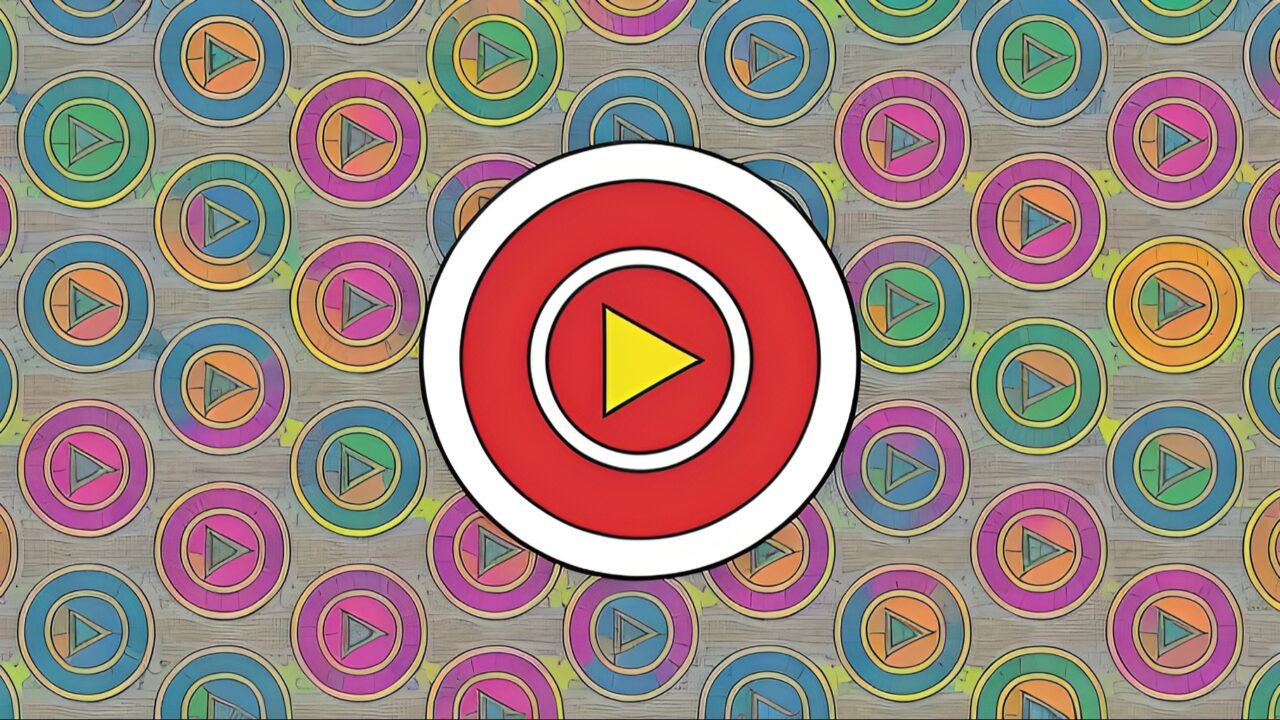YouTube Music has introduced a new ad format for users with free accounts. In addition to the ads it displays between songs, the platform now also offers ad content on the “Now Playing” screen.
Cover photo replaced by ad image
The new ad format directly affects the song listening experience. Free users see a rectangular ad image instead of a cover photo while the song is playing. This image has a “Sponsored” label in the bottom left corner, clearly indicating the presence of the ad.

There are changes in the music player interface while the ad is being displayed. The progress bar turns yellow and users cannot use the next/previous song transition buttons. These buttons appear grayed out and their functions are disabled.
This move by YouTube Music creates a significant change in the free user experience. Users who previously only watched ads between songs now encounter ad content while listening to music.
The platform does not affect users with paid Premium subscriptions with this new ad format. Premium members continue to enjoy the uninterrupted music listening experience as before.
This change is seen as part of YouTube Music’s strategy to strengthen its revenue model. The platform plans to generate more ad revenue from free users.
Ads that appear during song streaming focus on increasing user engagement. Ad images that replace the cover photo attract more attention and can increase click-through rates.
YouTube Music’s competitors, such as Spotify and Apple Music, also implement similar ad strategies. However, the format of showing ads directly on the “Now Playing” screen stands out as a new approach.
The music listening experience is becoming more interrupted for free users. In addition to ads between songs, they now have to encounter advertising content while listening to songs.
The platform also plans to direct free users to Premium subscriptions with this change. Users who do not want to pay for an ad-free experience will encounter more advertising content.
YouTube Music’s new ad format comes into play at a time when competition in the music streaming market is intensifying. The platform focuses on both increasing the number of users and generating more revenue from existing users.













